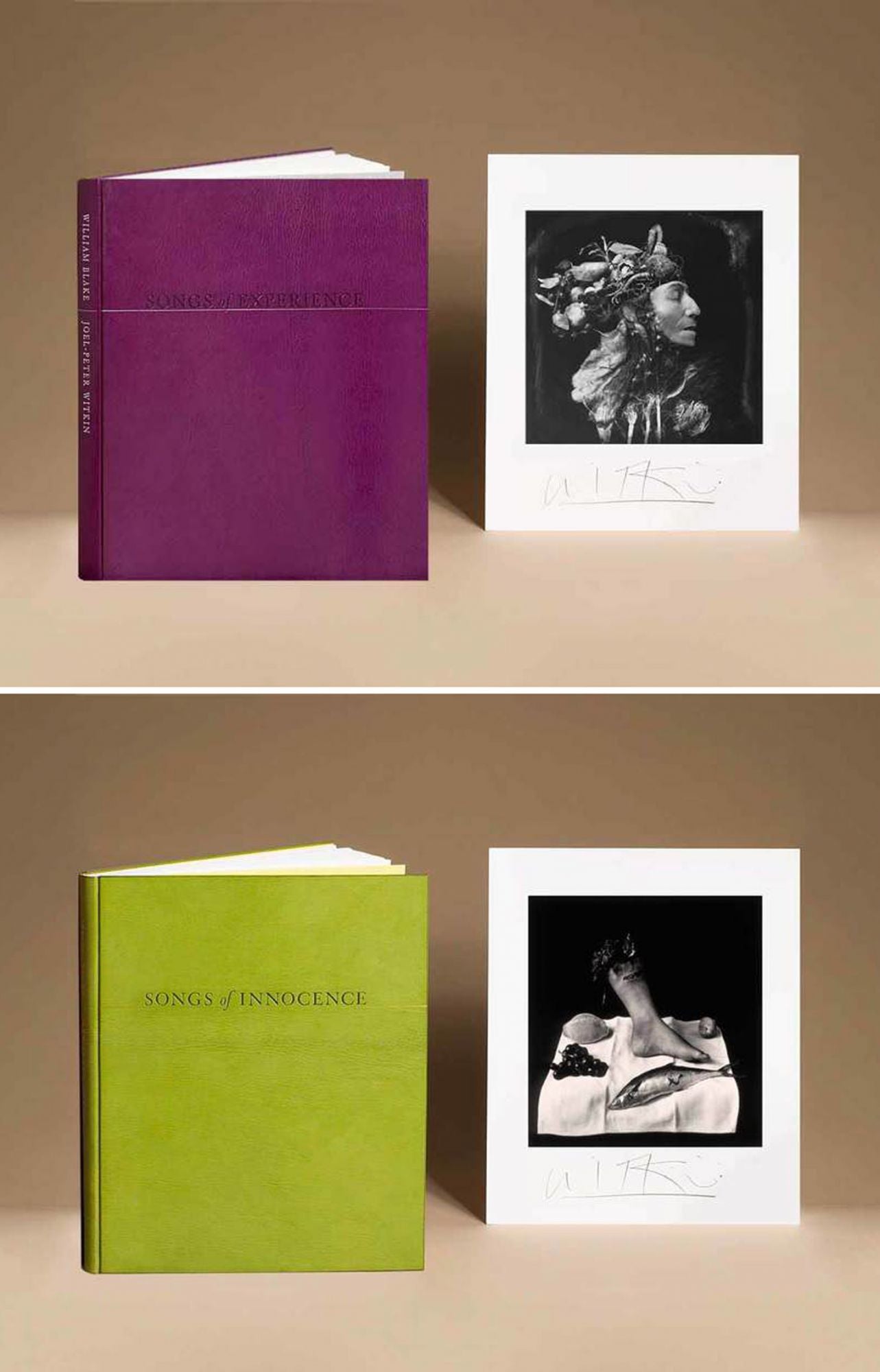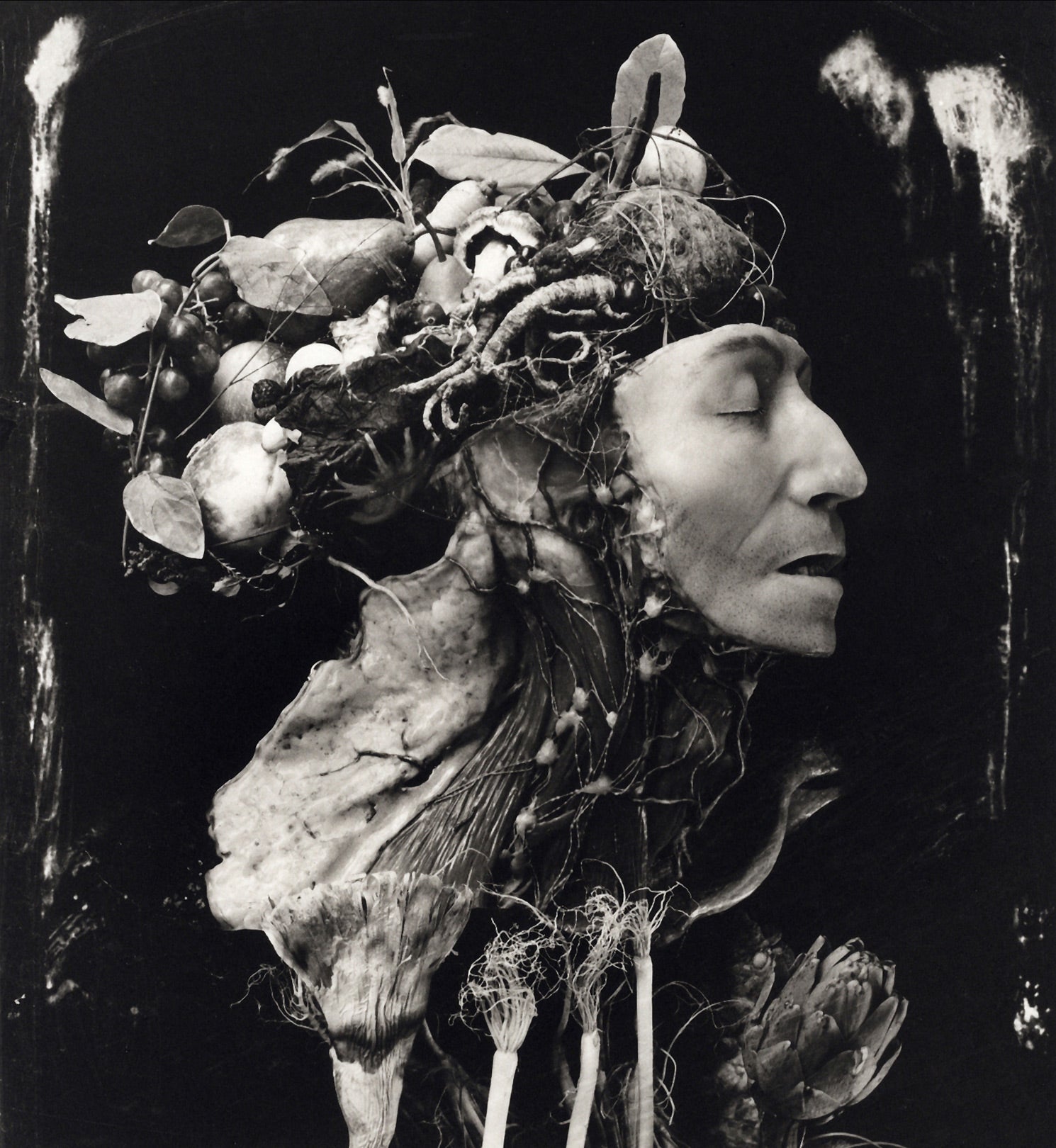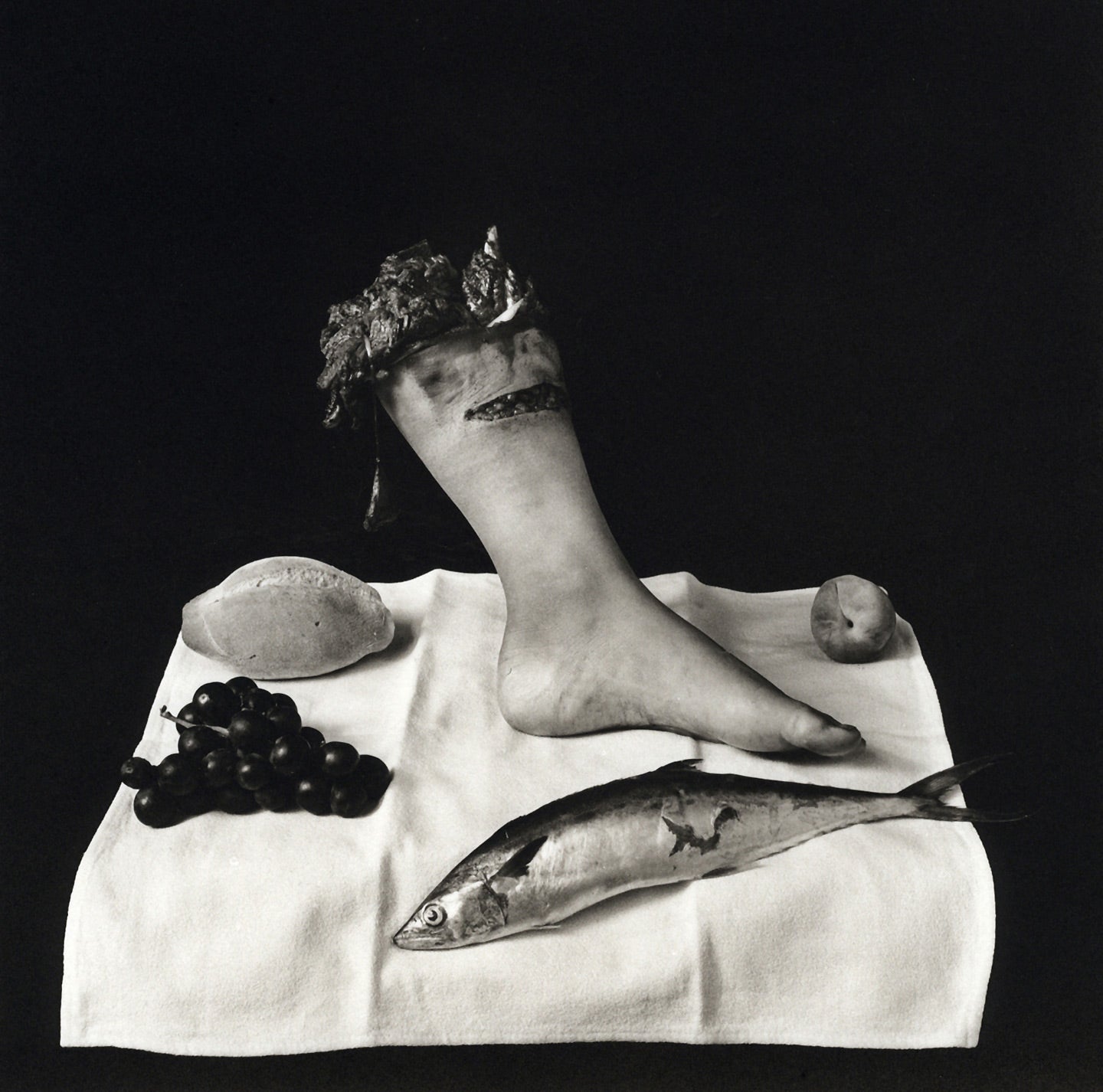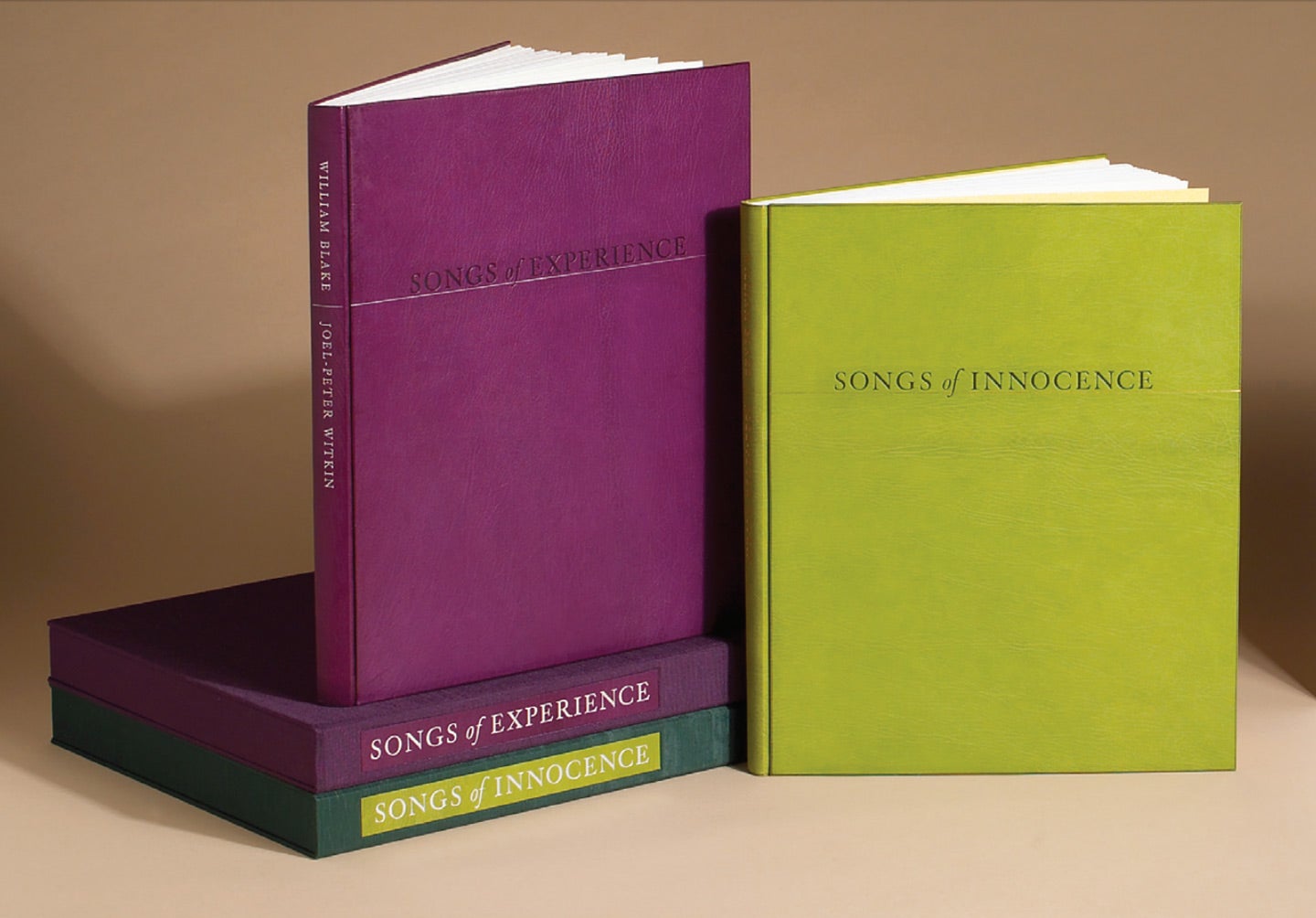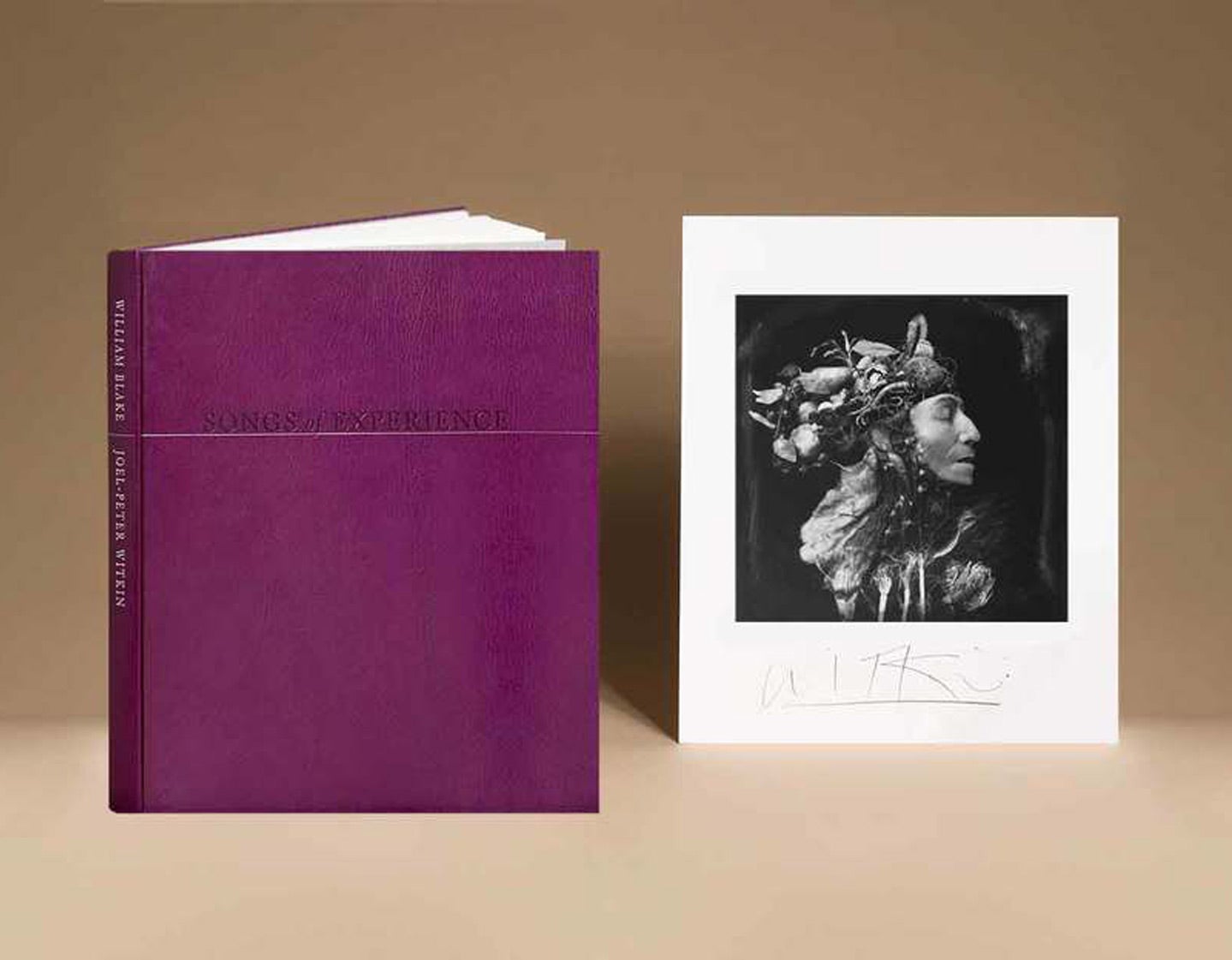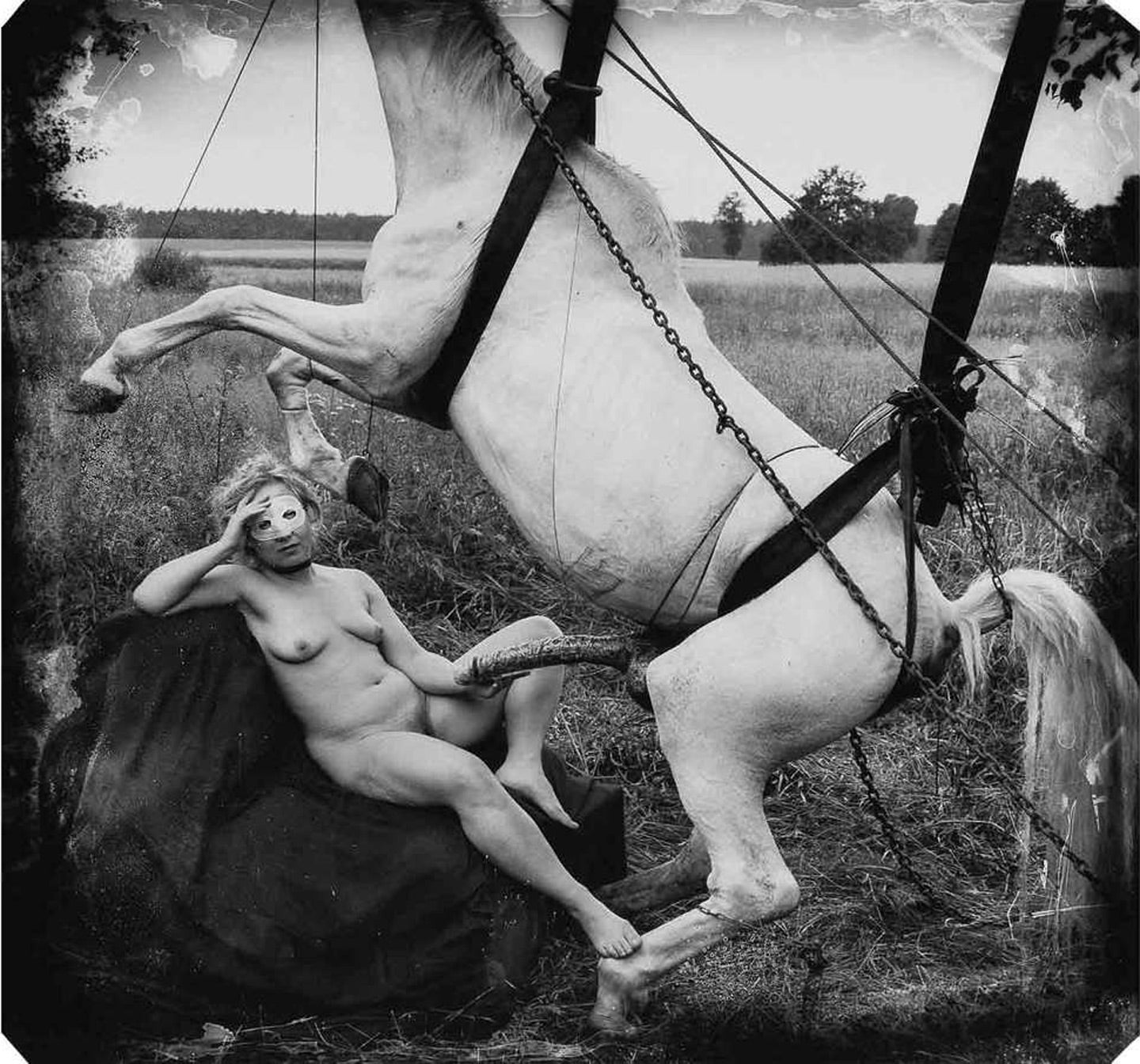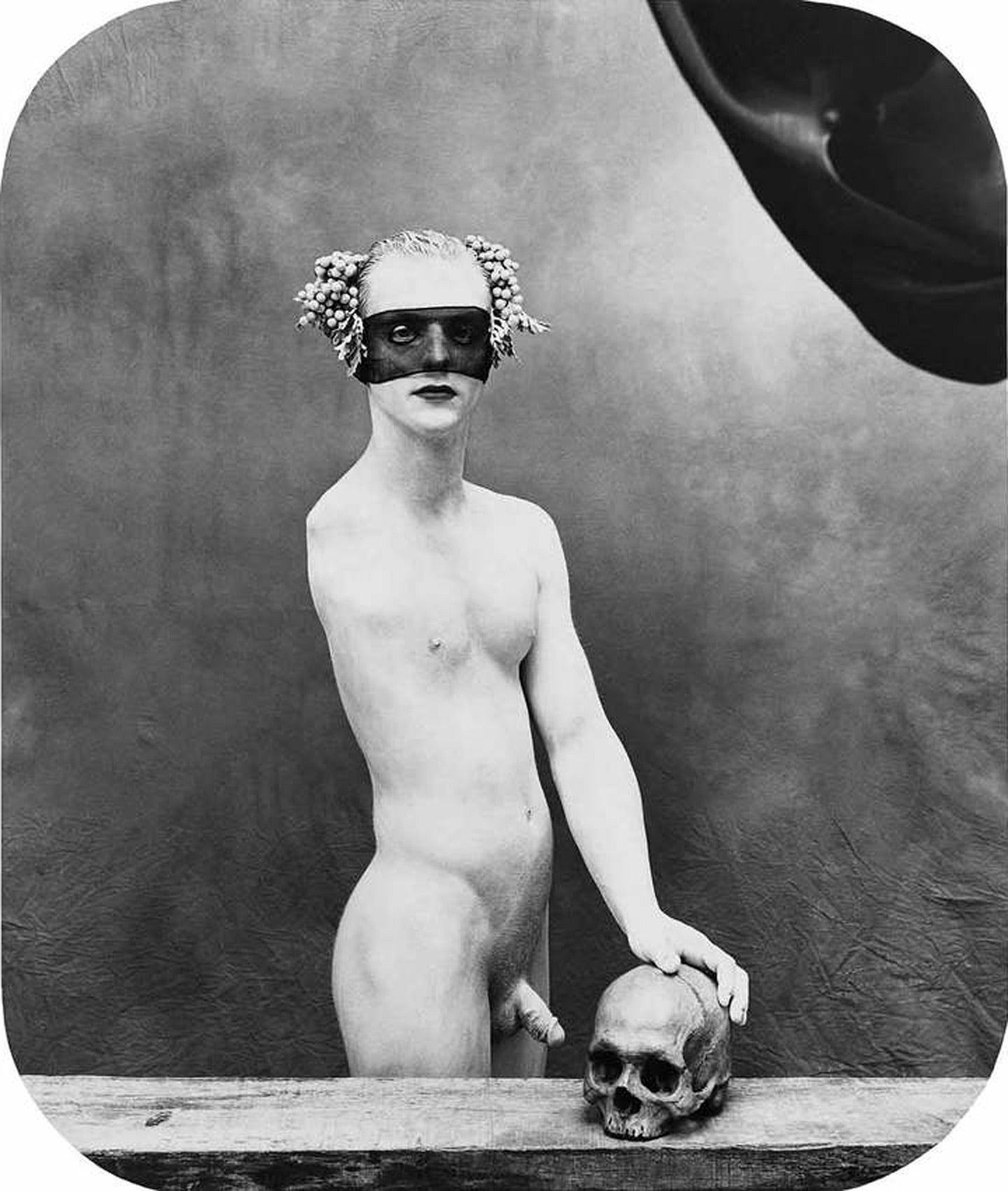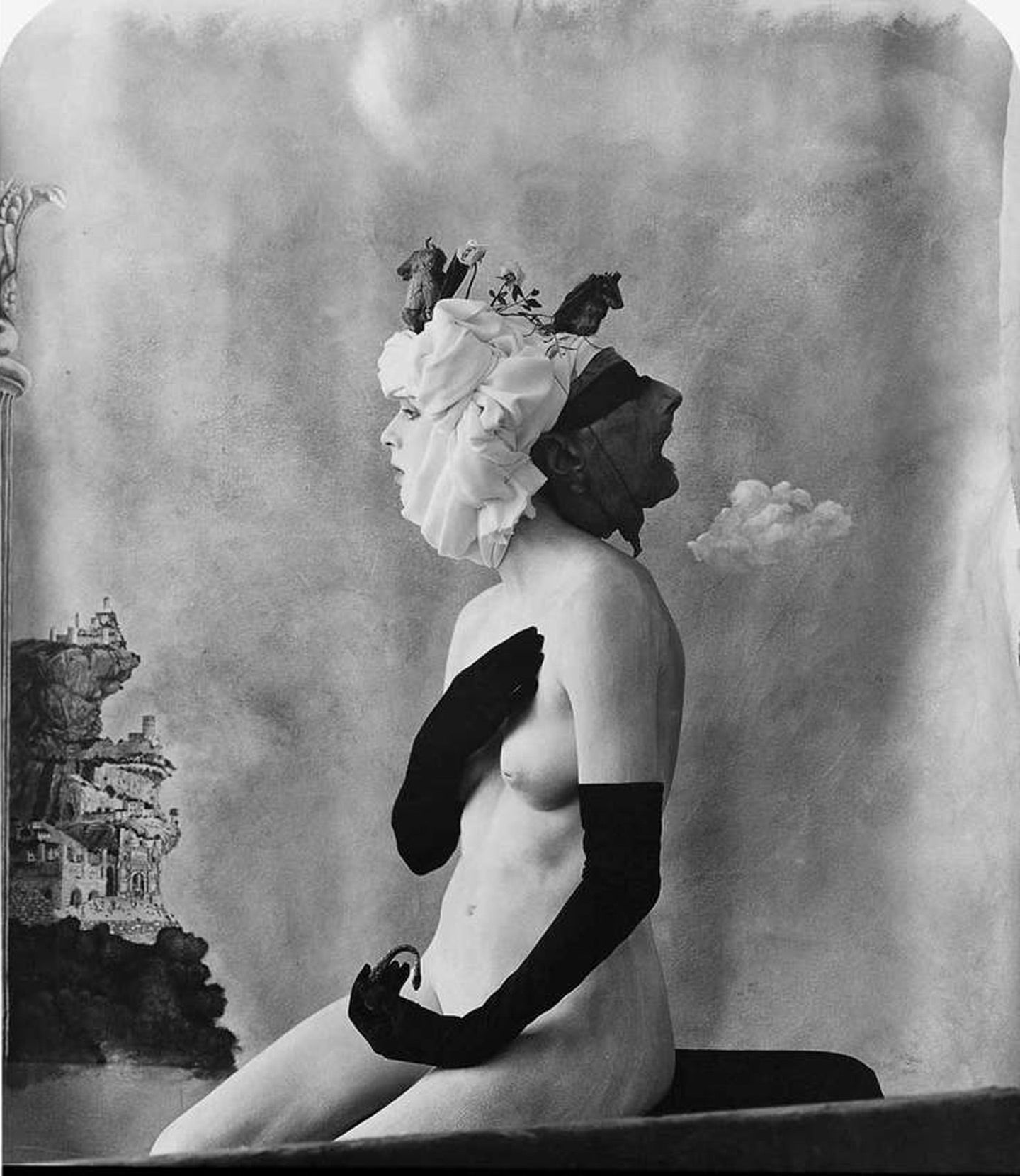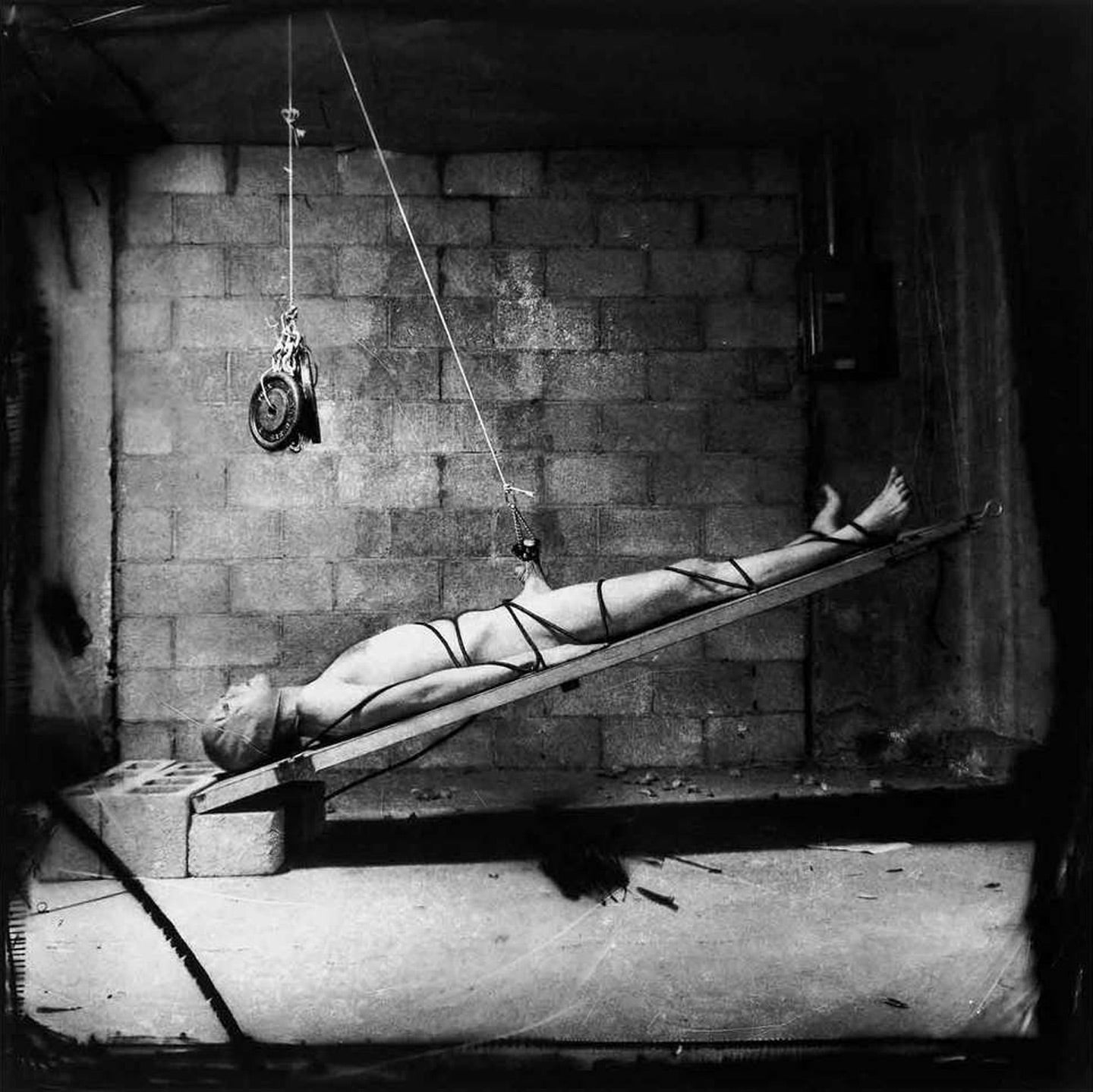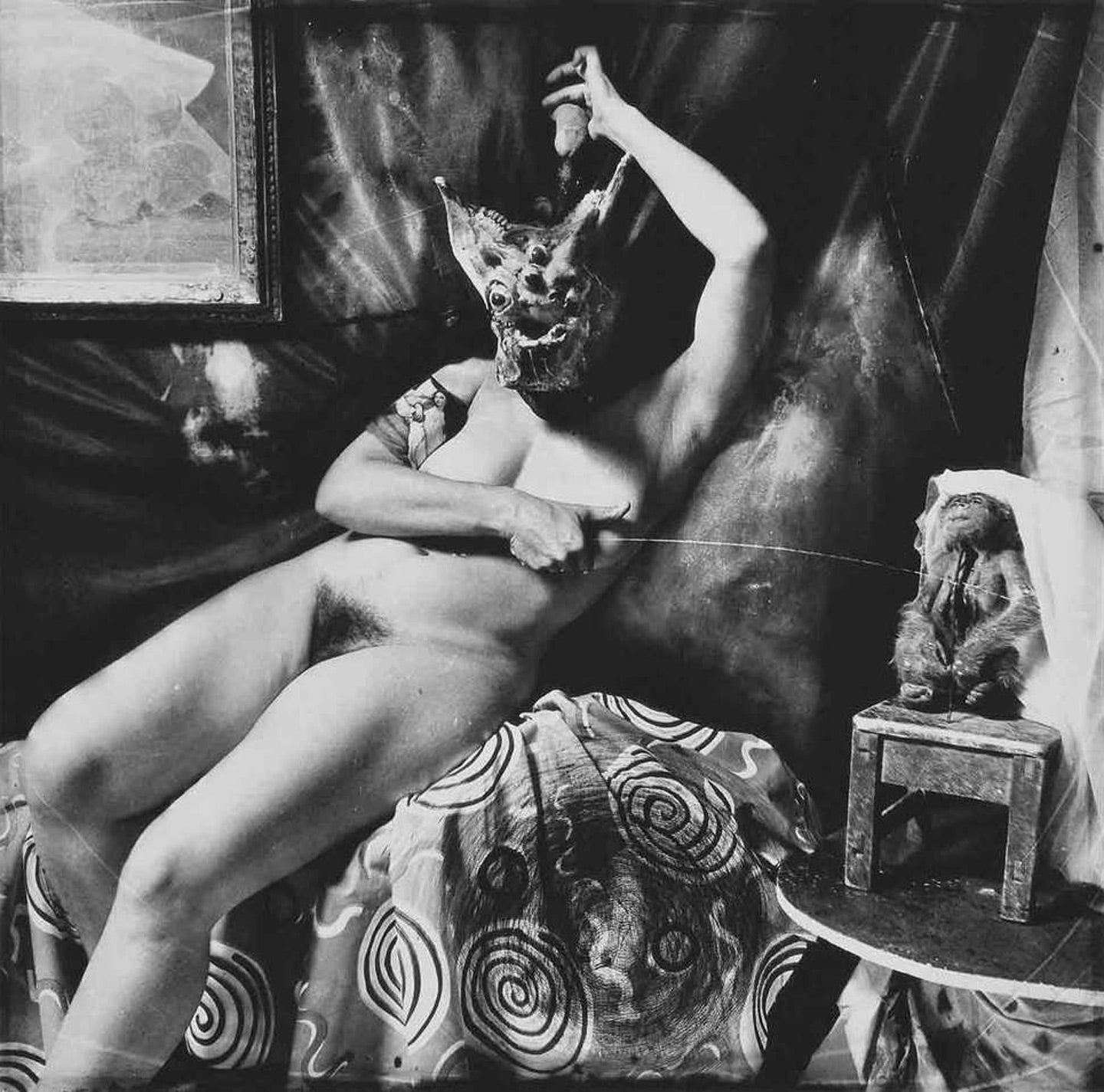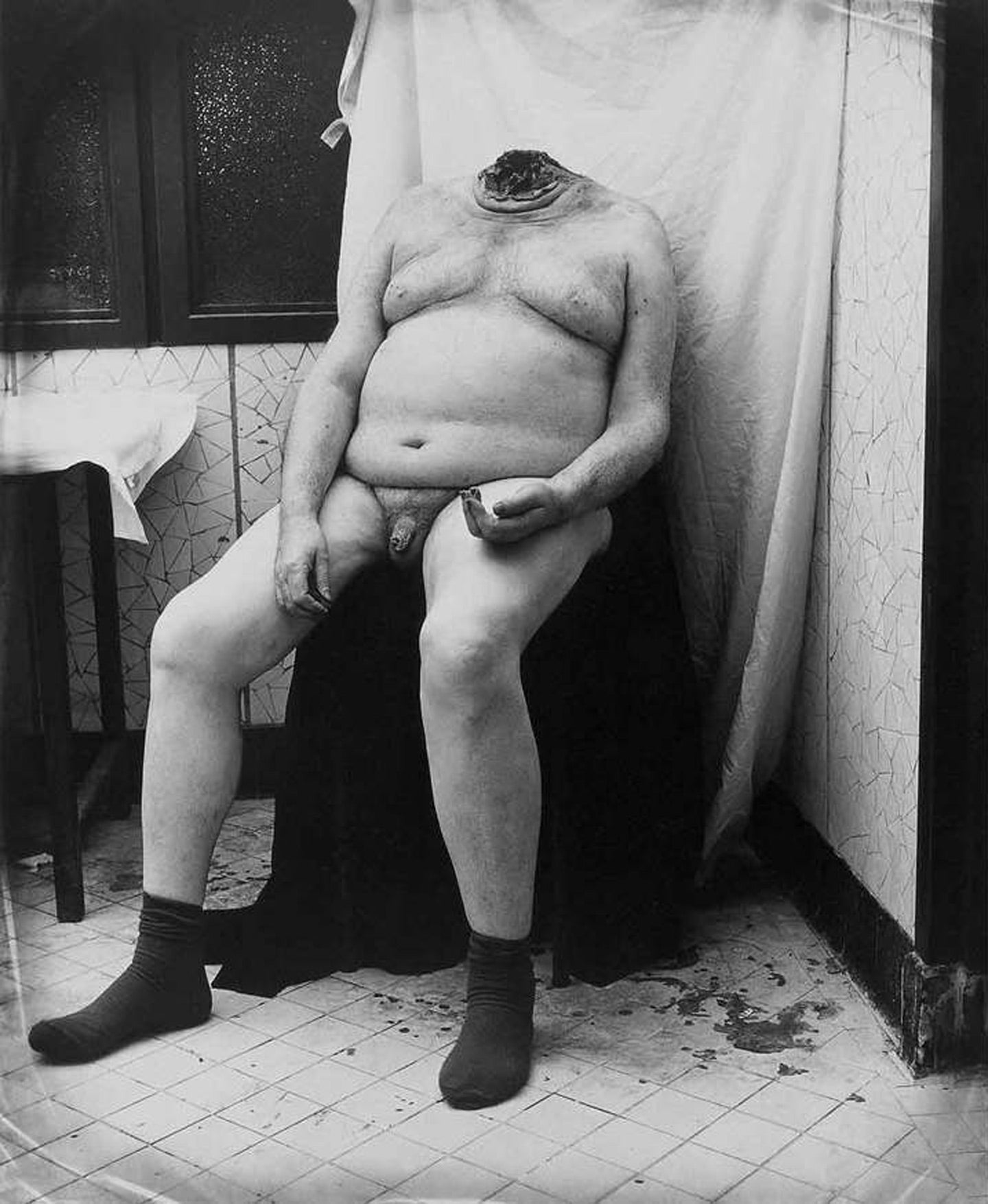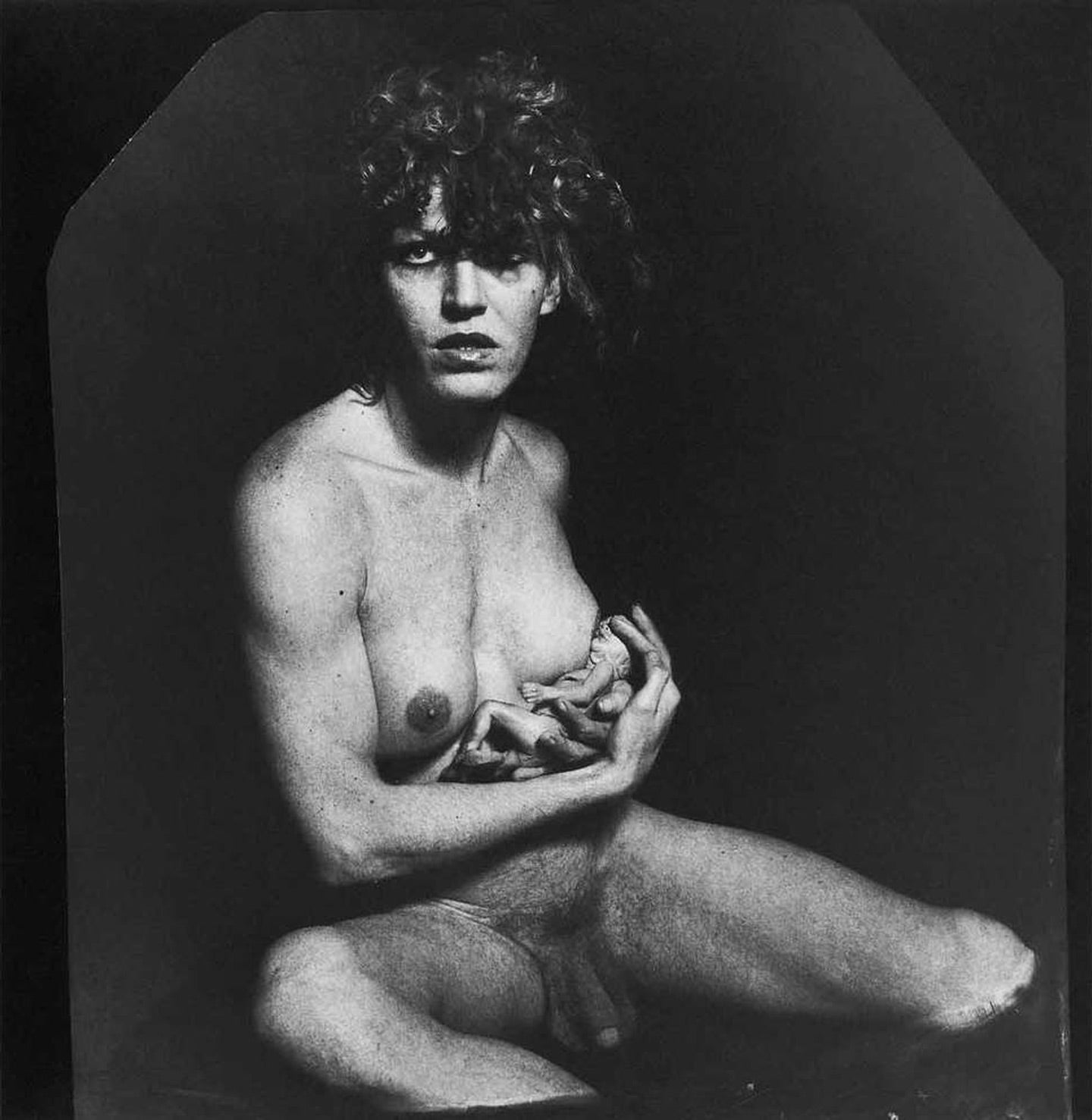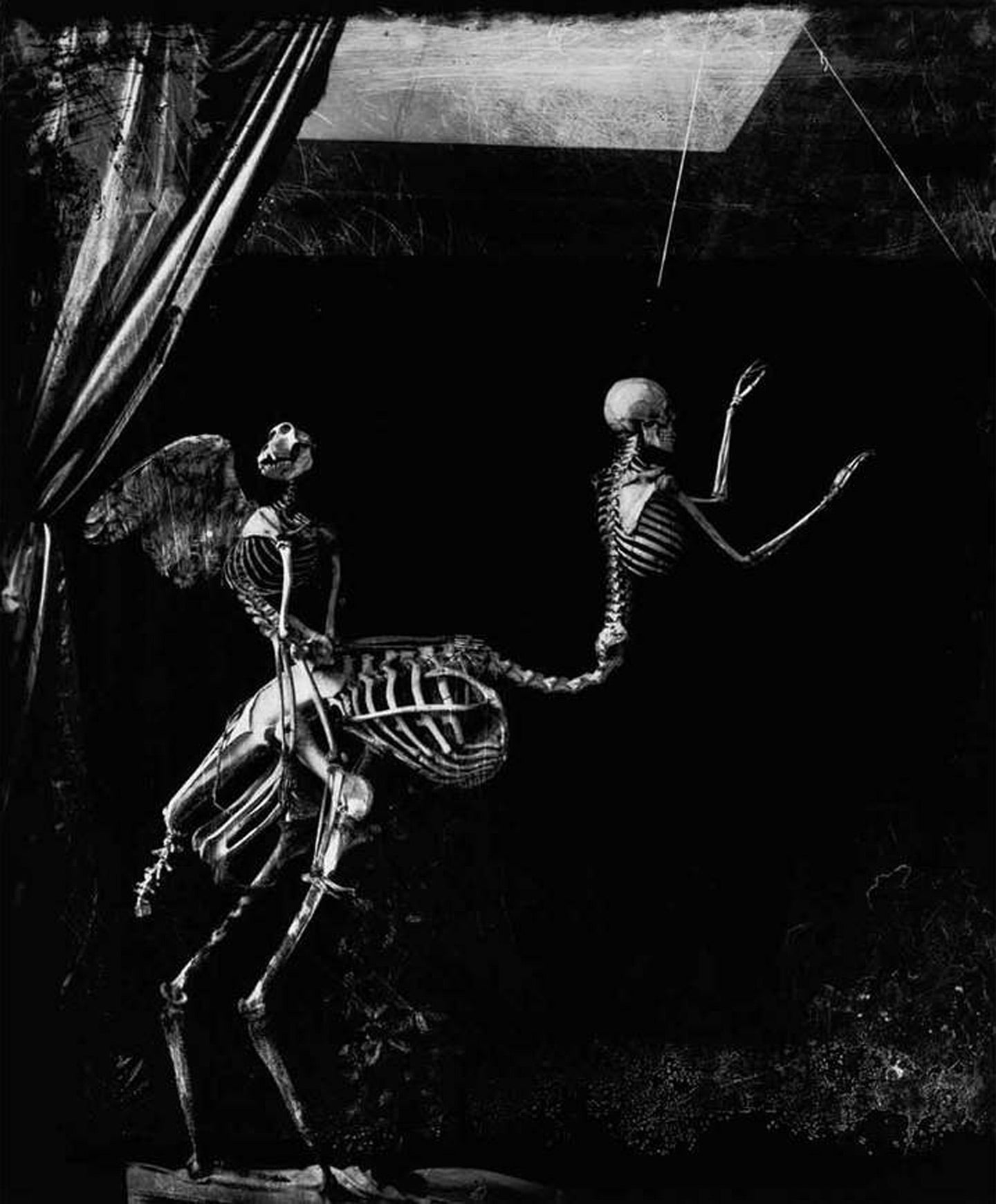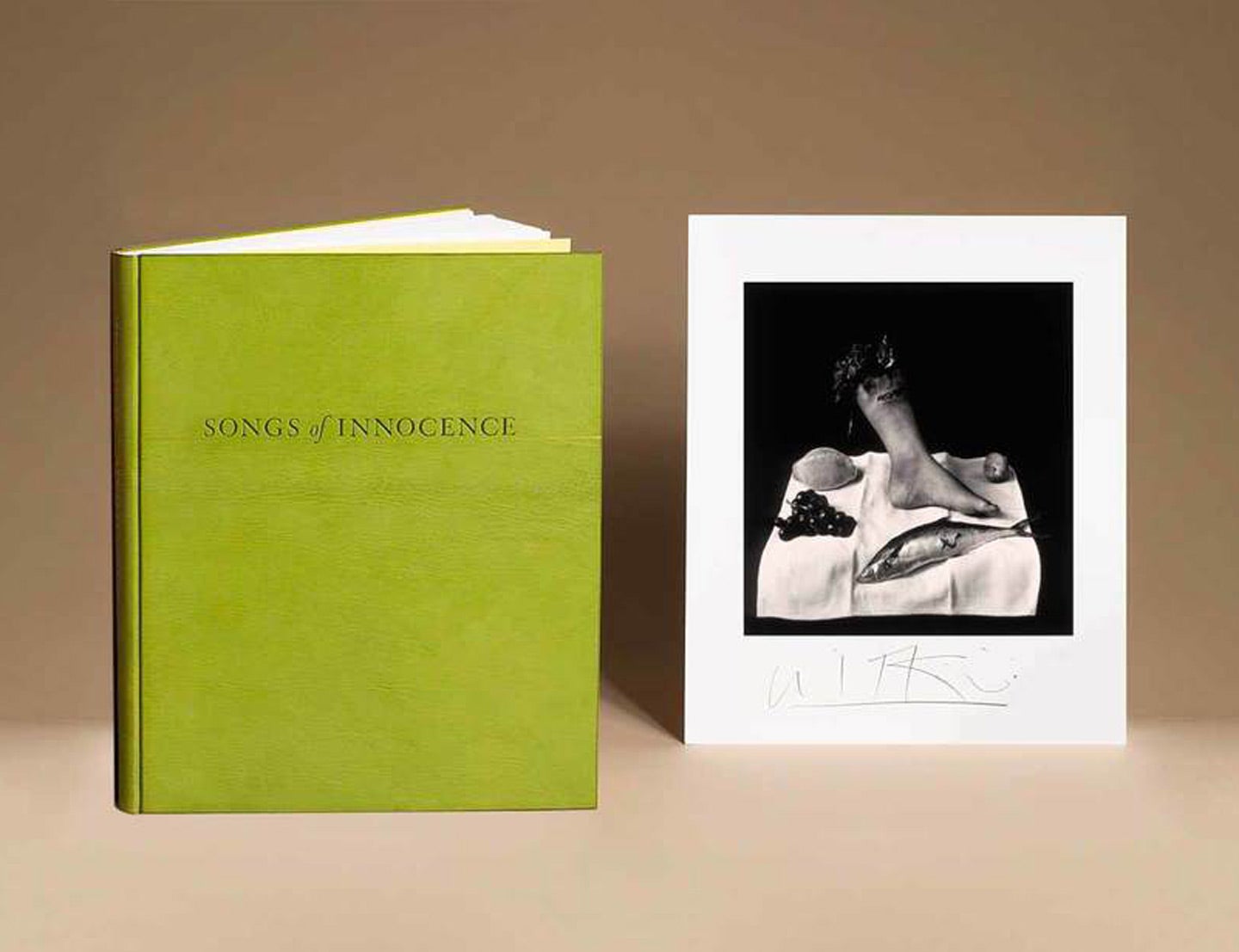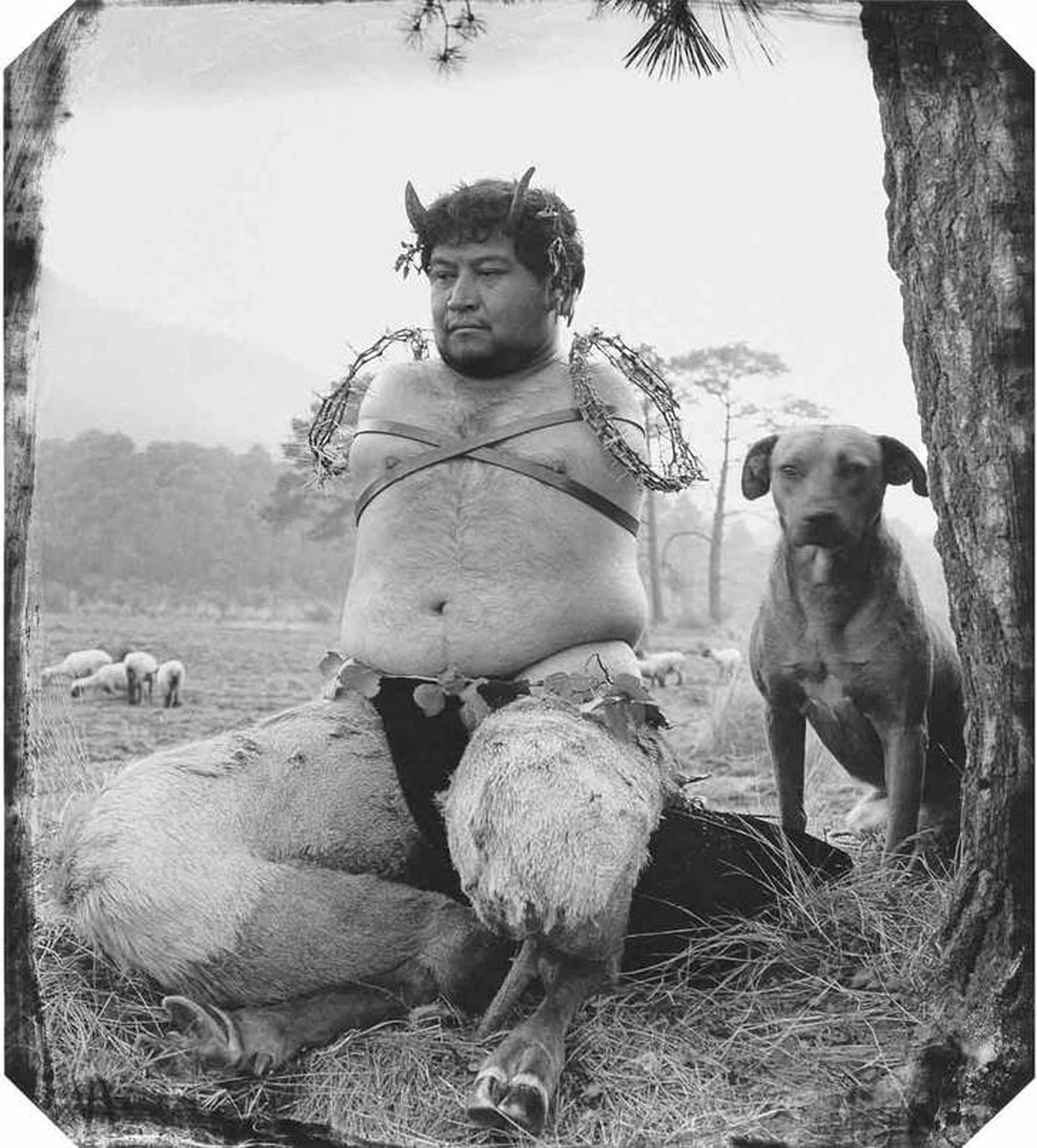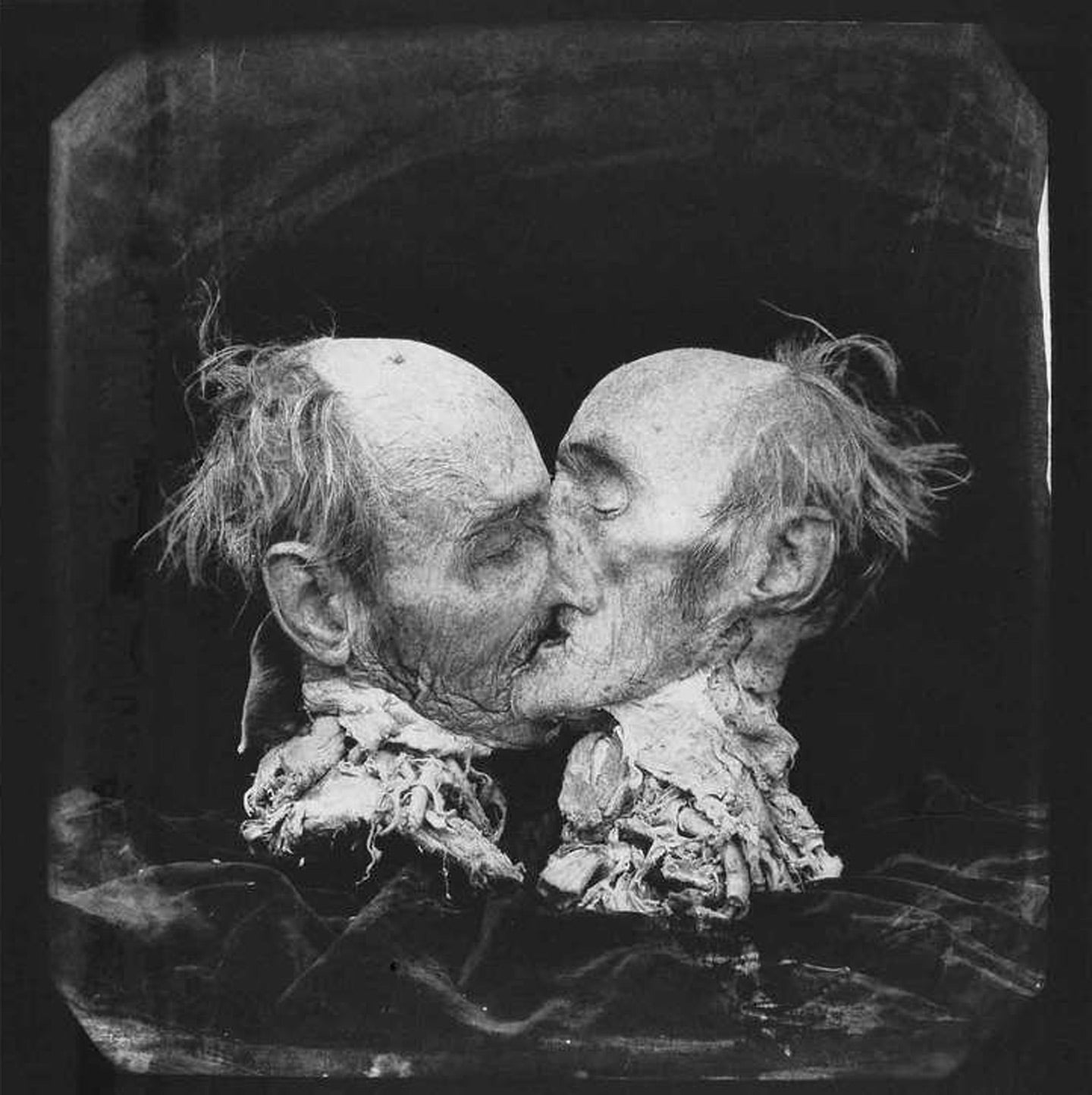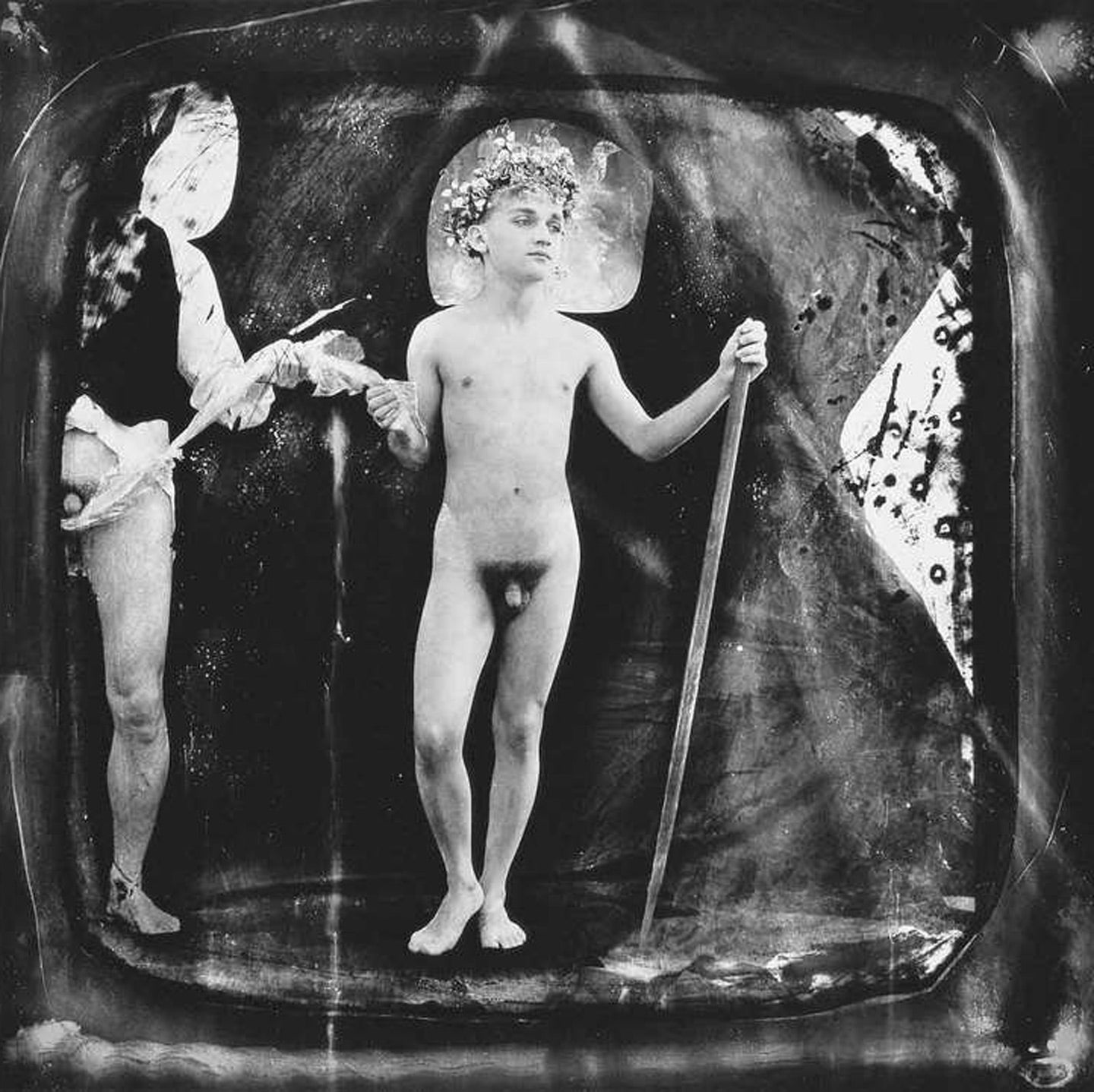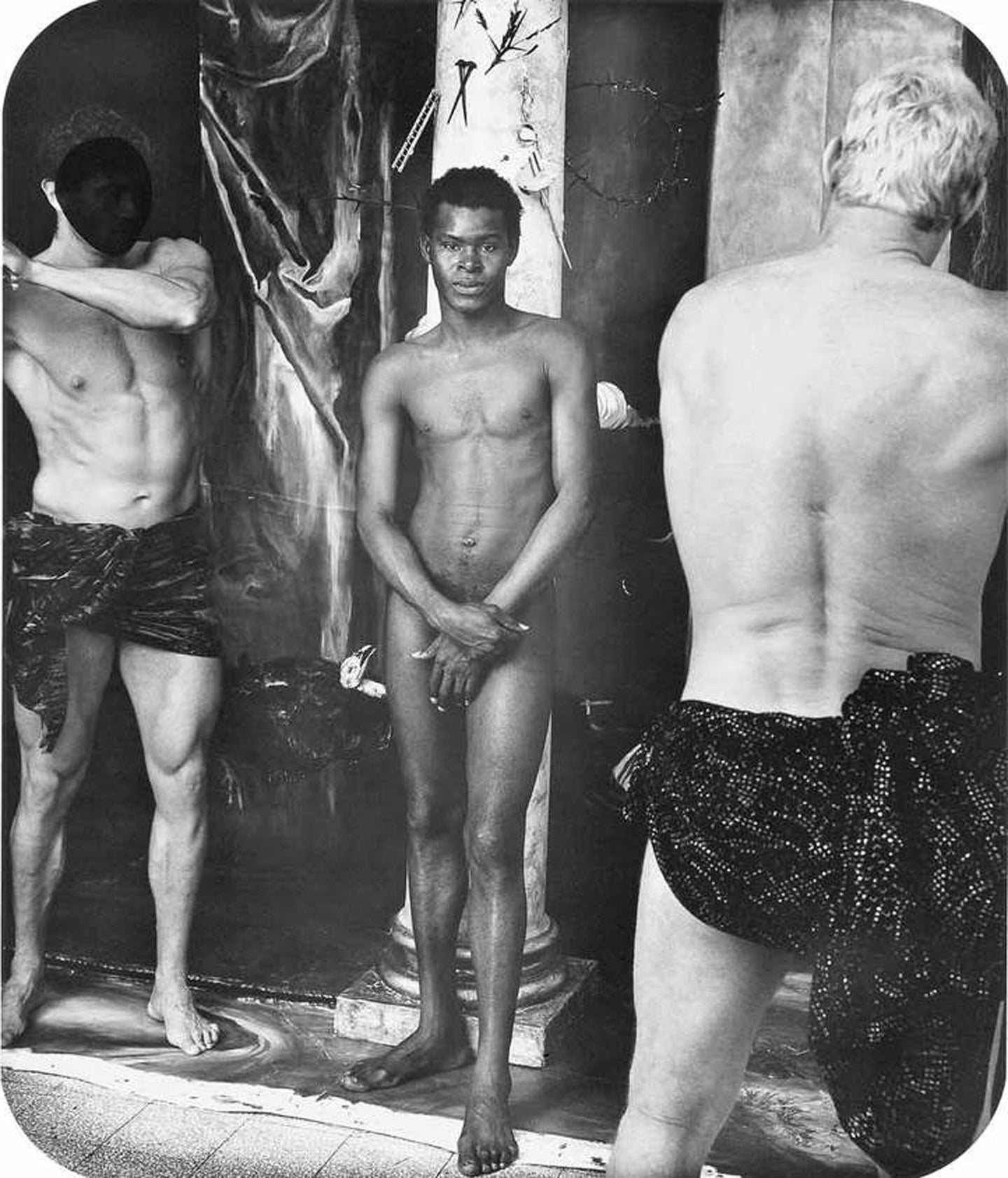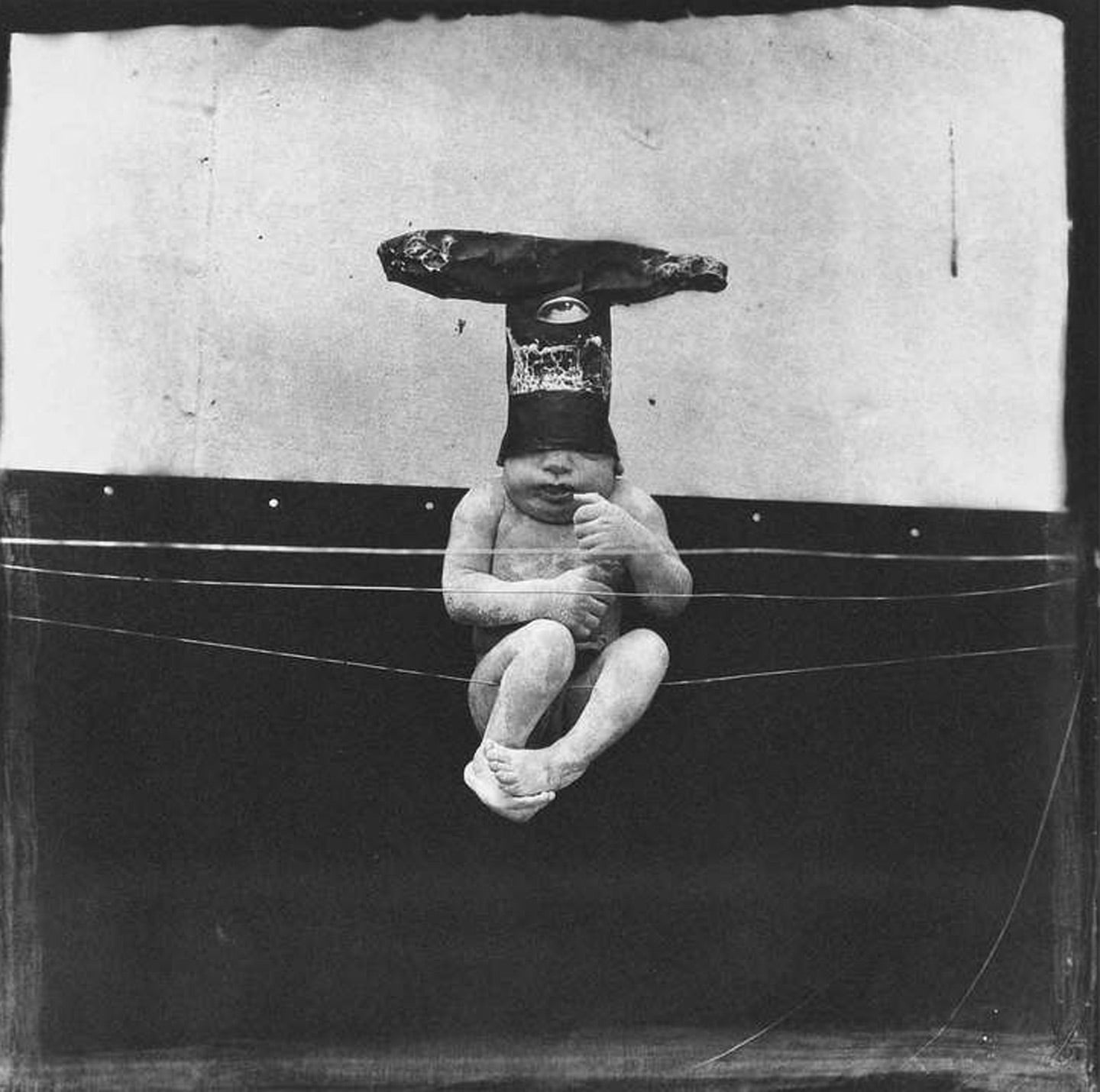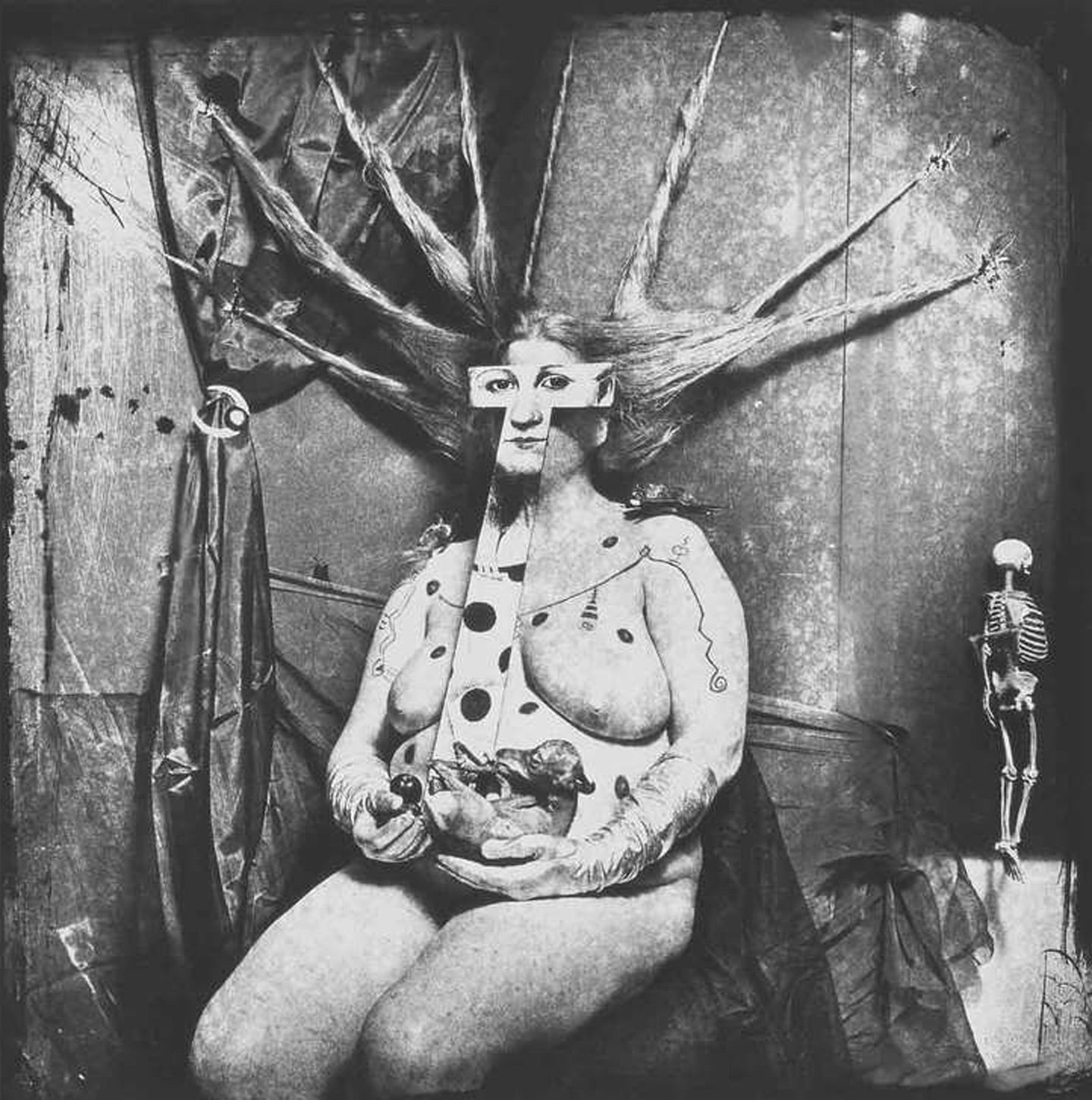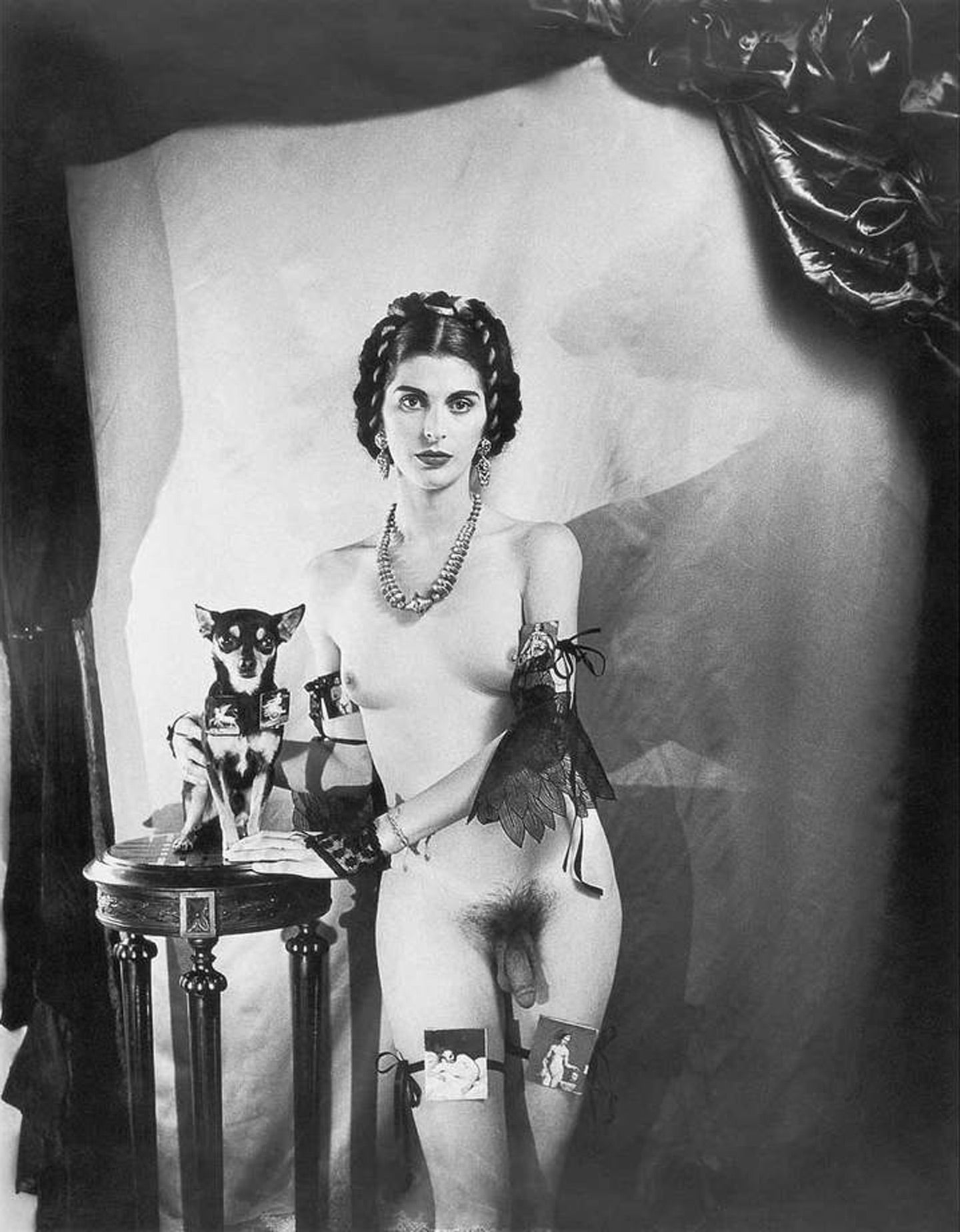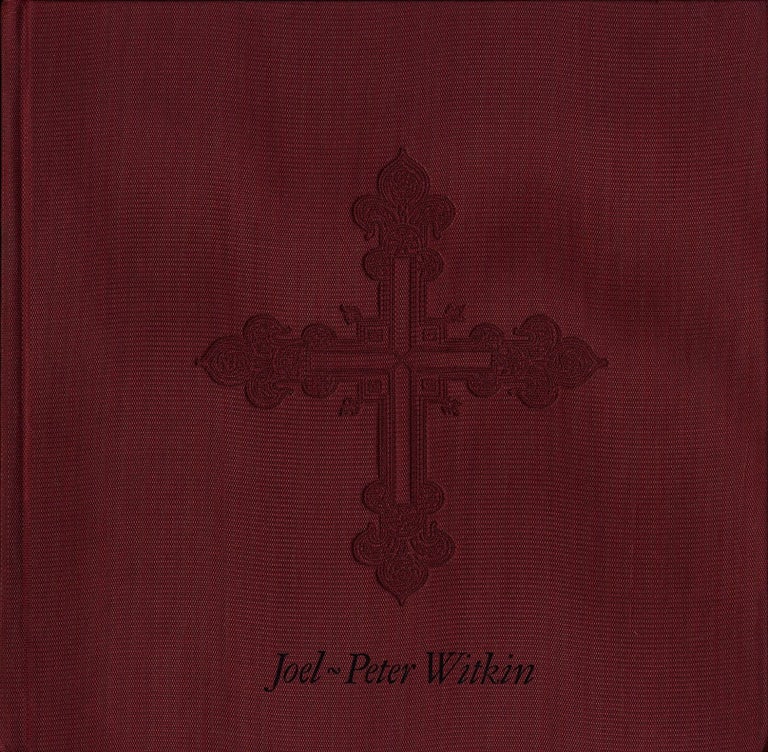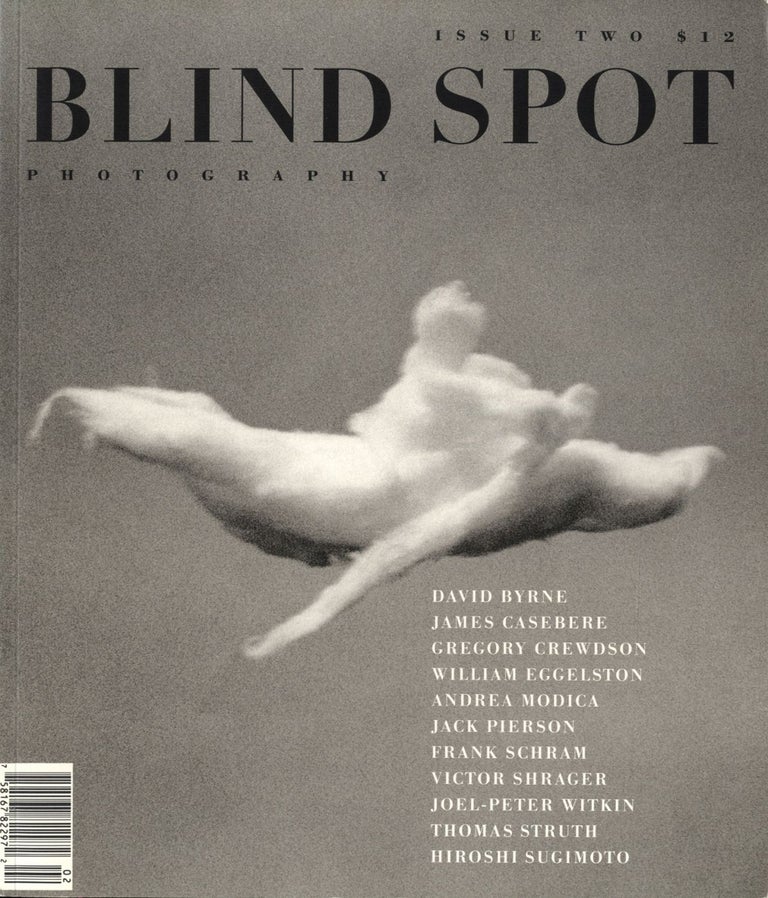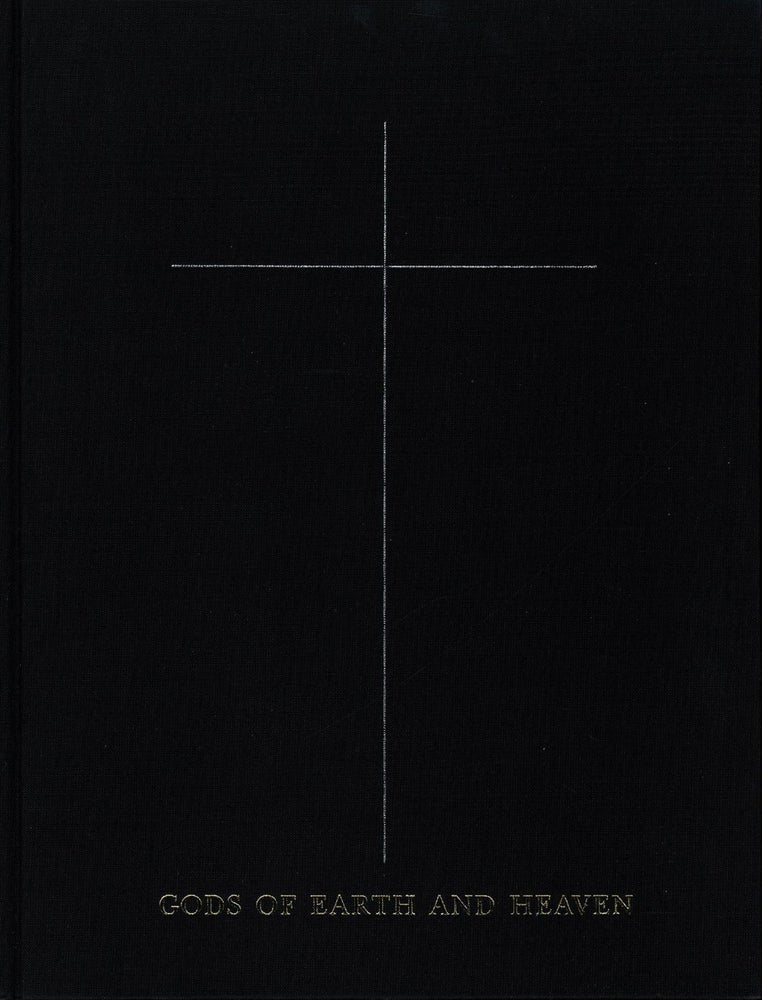Joel-Peter Witkin: Songs of Experience, Limited Edition, and Songs of Innocence, Limited Edition (21st Platinum Edition) (with a Total, in Both Editions, of 2 Freestanding and 20 Bound Platinum Prints)
Publisher: South Dennis, Massachusetts: 21st Editions, Steven Albahari, 2002
Edition: 1st Edition
Binding: Hardcover
Condition: As New / No dust jacket as issued
Item #: 101870
$28,000.00
Specifics
PRICING & AVAILABILITY: Please inquire for availability and current price (promotional discounts do not apply).
First edition, first and only printing. Platinum Series limited edition of 65 signed and numbered copies (these each being #42/65). Photographs by Joel-Peter Witkin. Text by John Wood and poetry by William Blake, printed in monotype letterpress on rare hand-made papers. Design by Carolyn Eckert. Each book is individually hand-sewn and bound in hand-crafted and tooled full Moroccan goatskin, and is enclosed in an embossed basswood clamshell box. Each oversized book measures 18 x 15 inches and weighs over 14 pounds.
Hand-coated platinum prints by John Marcy; Handmade paper by TwinRocker; Handbinding and decorated papers by Sarah Creighton; Letterpress printing by Michael Russem; Text composition by Michael Bixler. Each edition includes 10 bound-in hand-initialed platinum prints, and an additional free-standing, signed and numbered platinum print, each among Witkin's most sought-after images (Songs of Experience includes "Harvest" and Songs of Innocence includes "Still Life, Mexico"). Each edition is numbered and signed by the artist, the editor and the publisher.
Condition
Both editions are As New (books, prints and clamshell boxes all in pristine, flawless condition).
Description
From John Wood: "No visual artist since Blake himself is better suited to illustrate the Songs of Experience than Joel-Peter Witkin, for Witkin is the most profoundly religious photographer in the history of the medium and probably the most god-haunted American artist of the twentieth century. His imagery, like Blake's, is a direct outgrowth of his spirituality. Witkin understands that art and religion are made of the same things: sex, death, and God. In Blake's own time few people could perceive the prophetic nature and spirituality of his work. Two centuries later we see him far more clearly, but in his day his visionary claims coupled with an art like no one had ever before seen or read made him an outsider. When artists see beyond what others insist on calling the 'real' world, when they shape new realities, such as Cézanne and Picasso did, or shape new mythologies from the very flesh of the ones we know, and then insist that the deity they reveal is historical, orthodox, and authentic, those artists begin to disturb us deeply. They undermine our security. They demand we look again at what we thought we had seen, that we look through their eyes, and that we look more deeply than we ever before had looked."
From the artist (Songs of Innocence): "If our first book was glorious, this one will be mystical. There is a Buddhist saying -- To everyman is given the key to the Gates of Heaven -- but the same key also opens the Gates of Hell. That is the difference between innocence and experience. It is what compels our desire to live. It is why, for those who can see it, Blake is God's jester. Blake was so wise that he could see 'nature as the work of the Devil.' He stated that 'The Devil is in us as far as we are in nature.' It is only when we are disengaged from mortality -- at death -- that evil leaves us. Then, after Judgment, either our chains are broken or we are 'his' Evermore. Logic, the rational - these are options, the Soap Operas of Divine Belief. Philosophy is a soiled diaper... Darwin playing in guano some where in a Bosch landscape.
The subjects of my work are not freaks, degenerates, or the grotesque. They are ourselves. In this violent and visually wallpapered age, I have chosen to evoke the darkness rather than the light: as Goya, Blake and Redon have. Because we argue for Divine Madness as an honorable choice in a society devoid of human honor. The themes of my work are the things which constitute human existence, history, beauty. The work has at its very core the evidence of conscience presented as photographic metaphor. I strive to create experiences no one has seen or felt before."


